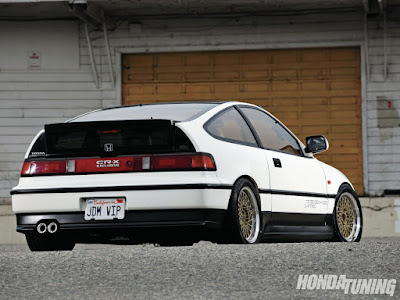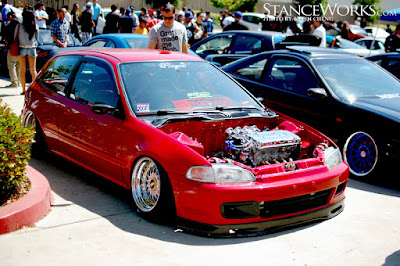Introduced in 2002,[2] the Vios serves as the replacement to the Tercel (called the Soluna in Thailand and Indonesia), which filled the Asian subcompact or B-segment class, below the Corolla and Camry which are also sold in the region. Beginning 2005, the Vios was also marketed alongside its hatchback complement, the Yaris in most Asia Pacific countries. In the United States, Jamaica and Australia, the second generation Vios is known as the Toyota Yaris sedan.
The name Vios is derived from Latin and means "to move forward".
The first generation Vios, codenamed NCP42 was assembled at Thailand's 1 million square metre Toyota Gateway Plant in Gateway City, Amphoe Plaeng Yao, Chachoengsao Province, as part of a cooperative project between Thai engineers and Toyota's Japanese designers.
The Vios in Thailand, Indonesia, Singapore, Brunei, Malaysia and Taiwan is powered by a 1.5 litre 1NZ-FE engine with VVT-i. The smaller 1.3 litre 2NZ-FE engine is offered in the Philippines. In China, the Vios comes with the 1.3 litre 8A-FE engine and 1.5 litre 5A-FE engine. Trim levels for Southeast Asia include J, E, S, and G, while the DLX, GL, GLX, and GLXi are offered in China.
The first generation Vios was adapted from the Platz with modified body panels, which created a significantly different appearance, although portions of the car feature design cues from the E120 Corolla. In September 2005,[2] the Vios received minor cosmetic changes to its exterior and interior for the 2006 model year. The front bumper, headlights and tail lights were freshened; also new were the wheels, speedometer dial design and interior trim.In other uses, the first generation Vios is adopted as a racing vehicle in Touring Car Championships in Indonesia and One Make Races in Thailand. The car is also in use as taxicabs in Indonesia but features lesser equipment and is specially rebadged as the Toyota Limo. This is not to be confused with certain taxis with the same name in Thailand, which use Toyota Corollas.




























